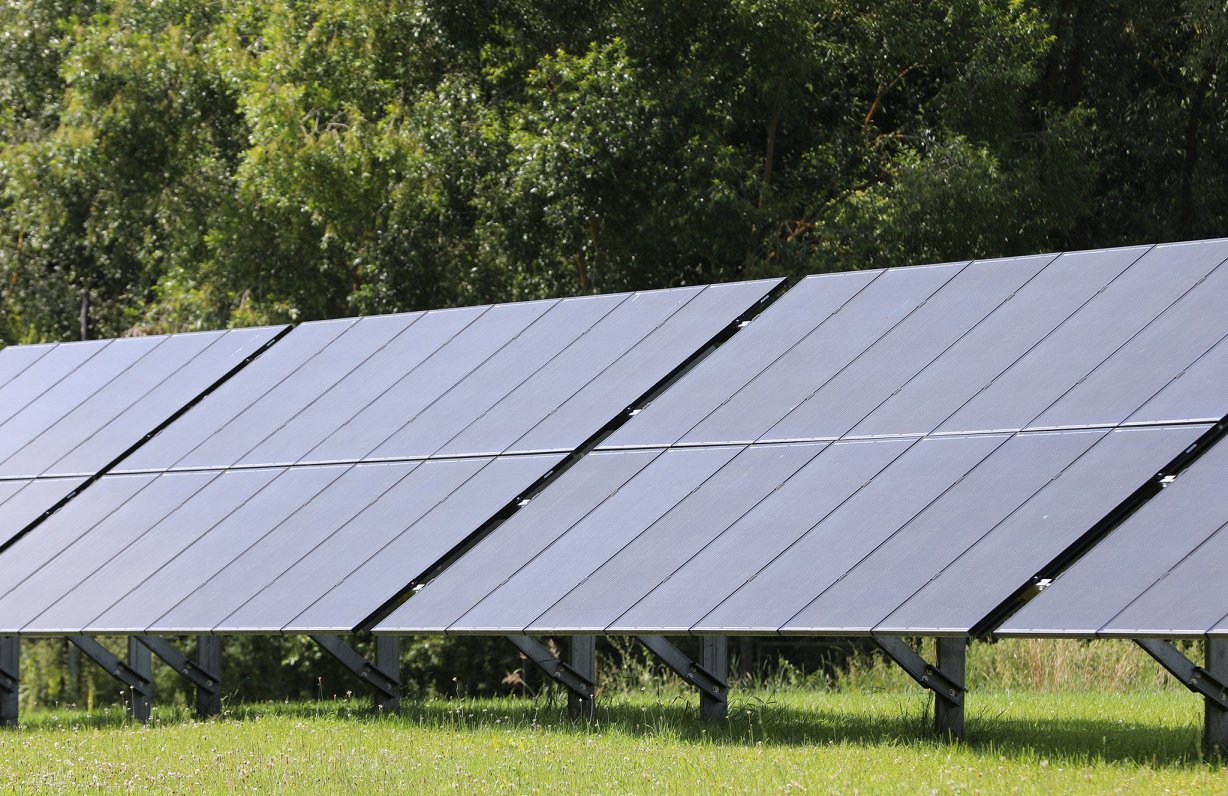Compared to 2021, primary electricity production (i.e., generation of electricity in hydropower, wind power and solar power plants (and by solar panels (cells)) went up by 4.4 % (125 GWh). The amount of electricity produced in solar power plants went up 4.9 times (by 34 GWh), in wind power plants by 34.8 % (49 GWh) while of that generated by hydroelectric power plants by just 1.6 % (42 GWh). Hydropower, wind power and solar power plants together produced 2 981 GWh of electricity (2 750 GWh, 190 GWh, and 41 GWh, respectively).
Fuelwood (firewood, wood waste, wood chips, wood briquettes, pelleted wood) and hydro resources in Latvia are used the most commonly. Over the recent years, along with the declining use of natural gas, the proportion of renewables in gross energy consumption has been growing, namely, by 2.1 percentage points in 2022 thus reaching 43.3 %.
Compared to 2021, gross consumption of natural gas reduced by 28.2 % in 2022. The share of natural gas in gross energy consumption took 15.5 %, which is a drop of 5.5 percentage points over the year. Over the past ten years gross consumption of natural gas has gone down by 42.2 % (21.2 PJ) and its share by 11.4 percentage points.
In 2022 final energy consumption constituted 171.4 PJ, which is 1.9 % fewer than in 2021. The indicator has not changed significantly over the past decade. Last year, transport sector, which consumed 49.9 PJ of energy (29.1 % of final consumption), was the largest energy consumer, followed by households with 48.1 PJ or 28.0 % and industry with 41.1 PJ or 24.0 %. Over the year, final consumption of energy resources declined in majority of economic activities while rise was registered in specialised construction activities as well as fishing and aquaculture (of 41.0 % and 22.7 %, respectively).






























